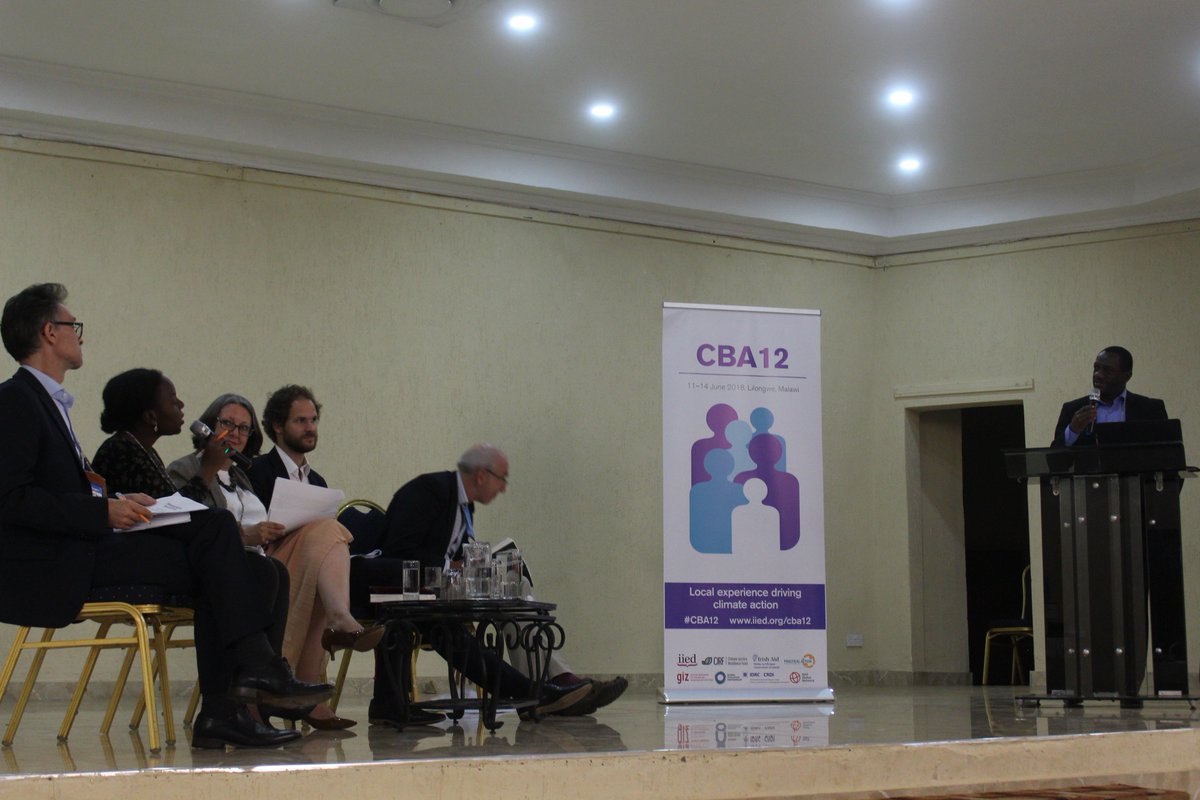11-14 June 2018. Lilongwe. 12th International Conference on Community Based Adaptation.
The CBA12 event was being organised by IIED in partnership with the Climate Justice Resilience Fund, GIZ, the Global Resilience Partnership, the International Development Research Centre, Irish Aid and Practical Action.Days one and two brought practitioners together under three workstreams:
- Transforming 'lived experience' and local knowledge into evidence that drives better policies and investments
- Building a shared understanding of effective devolved climate finance, and
- Innovating in applying adaptation technology.

On day four the UNFCCC and the Least Developed Countries Expert Group convened the Regional National Adaptation Plans (NAP) Expo as part of CBA12. This follows the Regional NAP Expo programme at CBA11 (PDF), and the workshop explored issues including how well locally-driven climate action is working within NAPs.
Related: Guideline – Assessing Climate Risks and Vulnerabilities in Market Systems seeks to orientate and support practitioners by bringing a climate risk perspective into market system development projects and identifying the most climate-resilient sub-sectors in a given context.
In its applications in Nepal and Madagascar, the Guideline proved to effectively support the shift from reaction to proactively addressing climate variability and supporting changes in market systems. It also allows identifying new opportunities in a changing climate.
The Guideline helps (small-scale) businesses in better understanding climate risks and opportunities in their sub-sector, identifying emerging market opportunities and developing a comprehensive climate risk management approach for the enterprise.
The overall objective of the Guideline is to identify the most climate-resilient sub-sectors in a given context and to determine potential impacts and relevant measures in the field of adaptation to climate change and disaster risk management to further increase resilience in the market system.
The Guideline combines two approaches:
The Guideline combines two approaches:
- the adaptation process and
- the market system development approach.



No comments:
Post a Comment